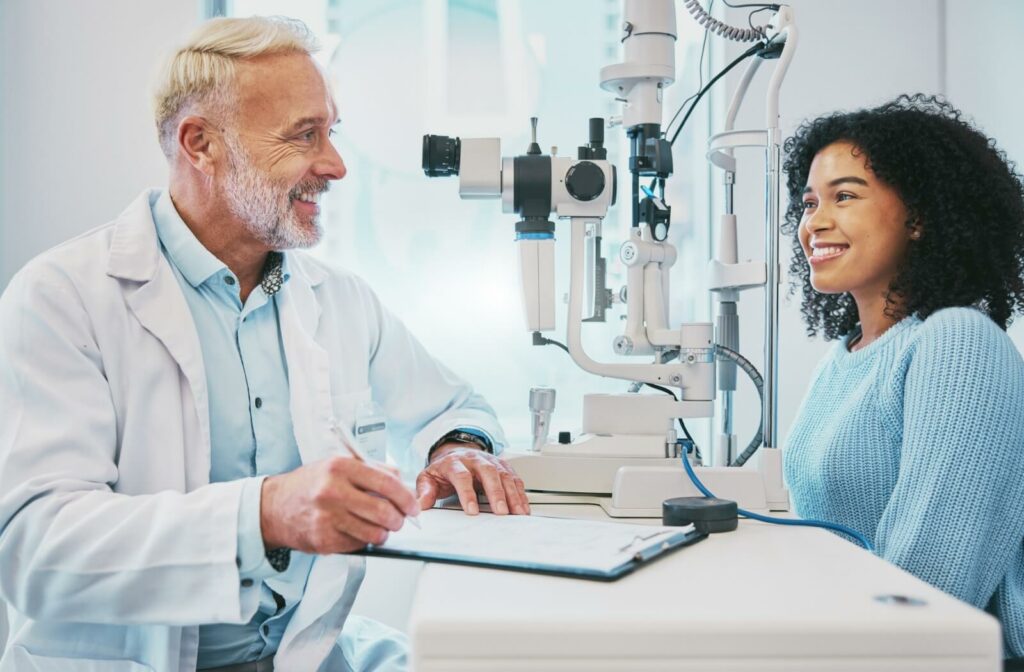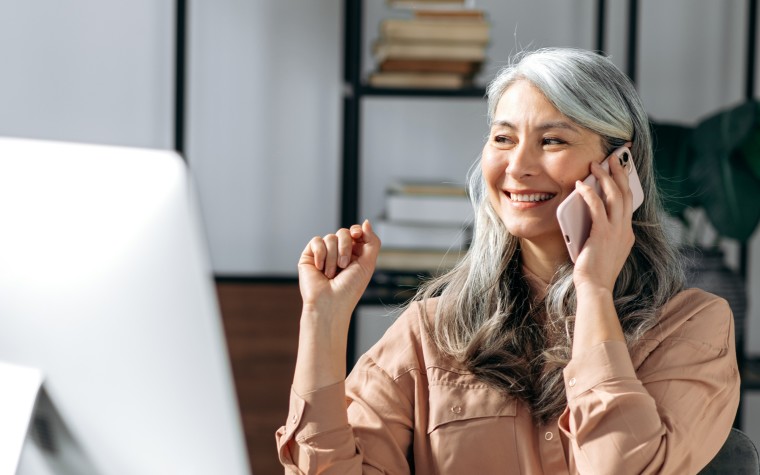All Categories
Featured
Low vision, a problem where traditional glasses, get in touch with lenses, or surgical procedure can not fully bring back sight, can make daily activities challenging. Fortunately, low vision recovery supplies a series of sources to assist individuals keep their self-reliance and top quality of life. This write-up explores the alternatives offered for those looking for support in handling their aesthetic disabilities.
What Is Reduced Vision Rehab?
Reduced vision rehabilitation is a structured method to help individuals maximize their continuing to be vision and adjust to new ways of performing daily tasks. Professionals deal with individuals to establish customized methods, including devices, methods, and training programs that suit their one-of-a-kind demands.
![]()
Secret Options for Low Vision Rehab
Vision Enhancing Gadget
Optical Aids: Tools like magnifiers, telescopic glasses, and unique analysis lenses can boost clearness for analysis, writing, and other close-up activities.
Electronic Aesthetic Help: Tools such as digital magnifiers and mobile video clip magnifiers offer flexible zoom capacities for different jobs.
Wearable Innovation: Smart glasses equipped with cams and voice responses offer cutting-edge services for boosting vision.
![]()
Assistive Innovation
Screen viewers, text-to-speech applications, and gadgets with voice commands make innovation obtainable for individuals with reduced vision.
Smartphone applications, such as navigating help and things acknowledgment devices, help users engage with their environments better.
Training and Therapy
Alignment and Mobility Training: Professionals teach skills for browsing areas safely, including using white canes or guide pet dogs.
Daily Living Abilities Educating: Recovery programs offer techniques for food preparation, cleansing, and individual care, ensuring that individuals can perform crucial jobs separately.
Visual Skills Training: Workouts designed to maximize making use of remaining field of vision can boost aesthetic functionality.
Environmental Adaptations
Modifications to living or offices can considerably improve availability. Examples consist of:
Setting up brighter lights.
Including high-contrast markings to devices.
Arranging furniture to create clear pathways.
Assistance Networks
Psychological and emotional support is a crucial part of rehabilitation. Support system, treatment sessions, and therapy services can aid people cope with the difficulties of vision loss.
![]()
Peer networks link individuals with similar experiences, cultivating a sense of area and shared understanding.
How to Accessibility Low Vision Rehab Solutions
Reduced vision rehabilitation solutions are commonly supplied by:
Reduced Vision Clinics: Run by eye doctors and eye doctors concentrating on vision disabilities.
Physical Therapists: Professionals in adjusting tasks and settings to match individual demands.
Not-for-profit Organizations: Teams such as the American Structure for the Blind (AFB) or local blindness support organizations offer beneficial resources and referrals.
Final Thought
Reduced vision rehabilitation gives a variety of sources tailored to boost performance, increase confidence, and boost quality of life. If you or a liked one is dealing with the challenges of reduced vision, consider getting to out to a specialist or recovery center to explore the many choices offered.
What Is Reduced Vision Rehab?
Reduced vision rehabilitation is a structured method to help individuals maximize their continuing to be vision and adjust to new ways of performing daily tasks. Professionals deal with individuals to establish customized methods, including devices, methods, and training programs that suit their one-of-a-kind demands.

Secret Options for Low Vision Rehab
Vision Enhancing Gadget
Optical Aids: Tools like magnifiers, telescopic glasses, and unique analysis lenses can boost clearness for analysis, writing, and other close-up activities.
Electronic Aesthetic Help: Tools such as digital magnifiers and mobile video clip magnifiers offer flexible zoom capacities for different jobs.
Wearable Innovation: Smart glasses equipped with cams and voice responses offer cutting-edge services for boosting vision.

Assistive Innovation
Screen viewers, text-to-speech applications, and gadgets with voice commands make innovation obtainable for individuals with reduced vision.
Smartphone applications, such as navigating help and things acknowledgment devices, help users engage with their environments better.
Training and Therapy
Alignment and Mobility Training: Professionals teach skills for browsing areas safely, including using white canes or guide pet dogs.
Daily Living Abilities Educating: Recovery programs offer techniques for food preparation, cleansing, and individual care, ensuring that individuals can perform crucial jobs separately.
Visual Skills Training: Workouts designed to maximize making use of remaining field of vision can boost aesthetic functionality.
Environmental Adaptations
Modifications to living or offices can considerably improve availability. Examples consist of:
Setting up brighter lights.
Including high-contrast markings to devices.
Arranging furniture to create clear pathways.
Assistance Networks
Psychological and emotional support is a crucial part of rehabilitation. Support system, treatment sessions, and therapy services can aid people cope with the difficulties of vision loss.

Peer networks link individuals with similar experiences, cultivating a sense of area and shared understanding.
How to Accessibility Low Vision Rehab Solutions
Reduced vision rehabilitation solutions are commonly supplied by:
Reduced Vision Clinics: Run by eye doctors and eye doctors concentrating on vision disabilities.
Physical Therapists: Professionals in adjusting tasks and settings to match individual demands.
Not-for-profit Organizations: Teams such as the American Structure for the Blind (AFB) or local blindness support organizations offer beneficial resources and referrals.
Final Thought
Reduced vision rehabilitation gives a variety of sources tailored to boost performance, increase confidence, and boost quality of life. If you or a liked one is dealing with the challenges of reduced vision, consider getting to out to a specialist or recovery center to explore the many choices offered.
Latest Posts
Navigating Life with Low Vision: Rehabilitation Options and Resources
Published Feb 02, 25
0 min read
The Effect of Way Of Life Choices on Eye Wellness
Published Feb 02, 25
0 min read
Idaho Fence All Products: Built to Last
Published Feb 02, 25
1 min read